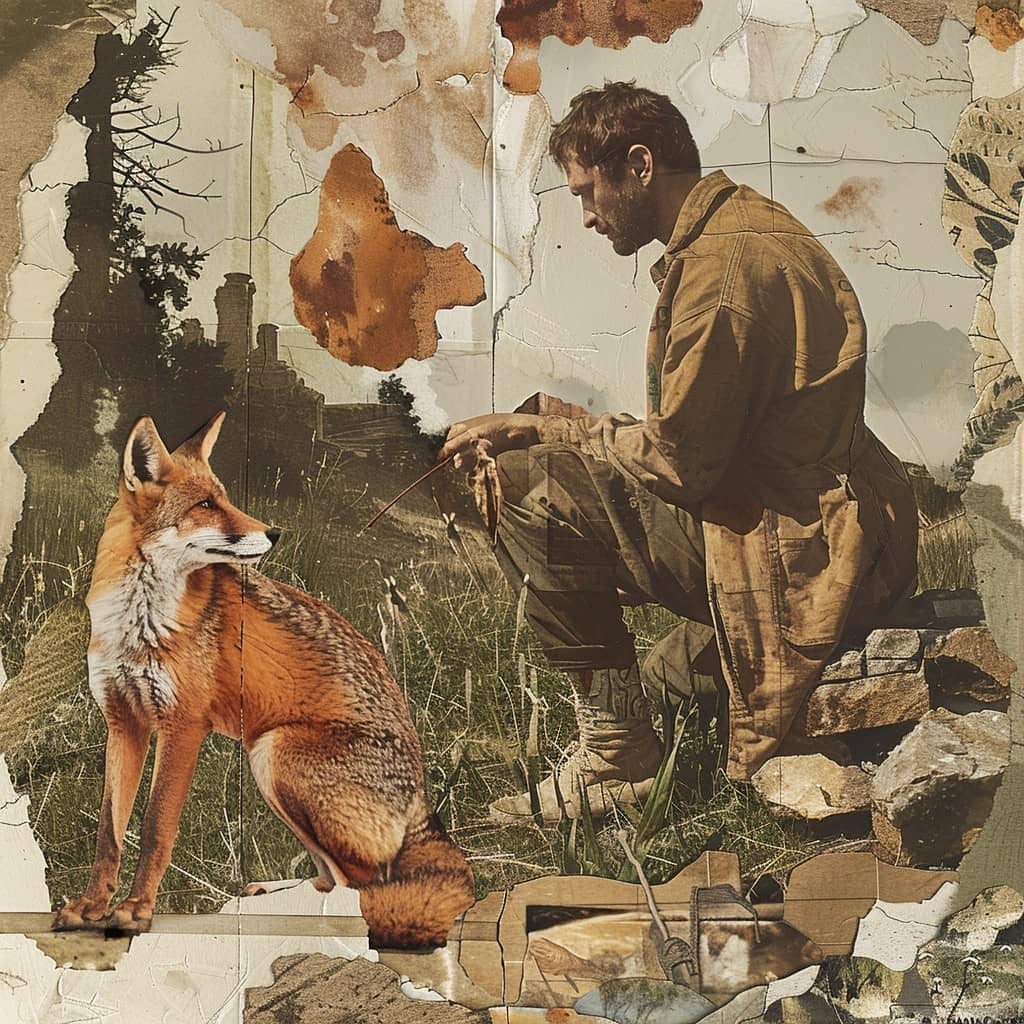
Ancient domestication: millennia ago the fox was a pet
1500-year-old remains in Argentina reveal a domesticated fox buried with its human, suggesting historic domestication.

1500-year-old remains in Argentina reveal a domesticated fox buried with its human, suggesting historic domestication.
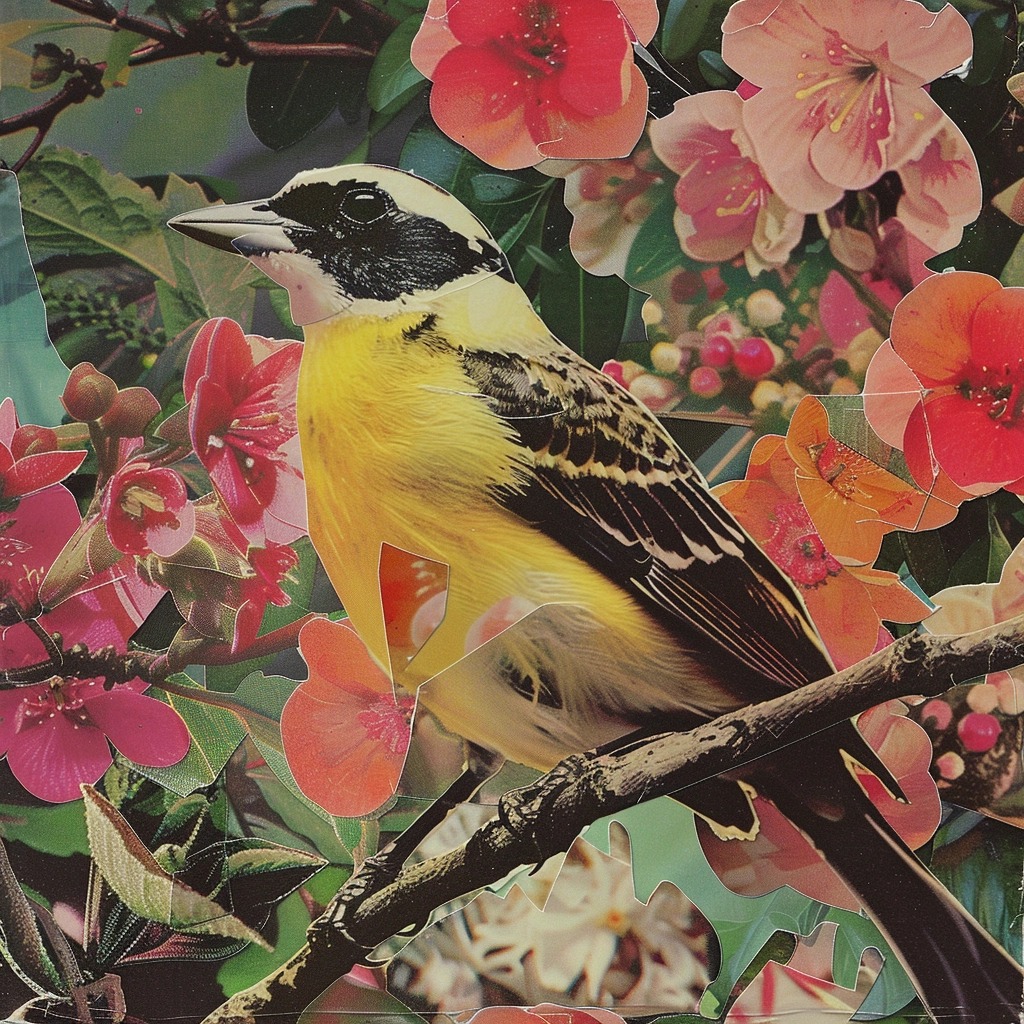
Thanks to electrodes and mathematical models, they reconstruct the sound "sung" silently during the thresholds. A discovery that brings us closer to the animal mind.
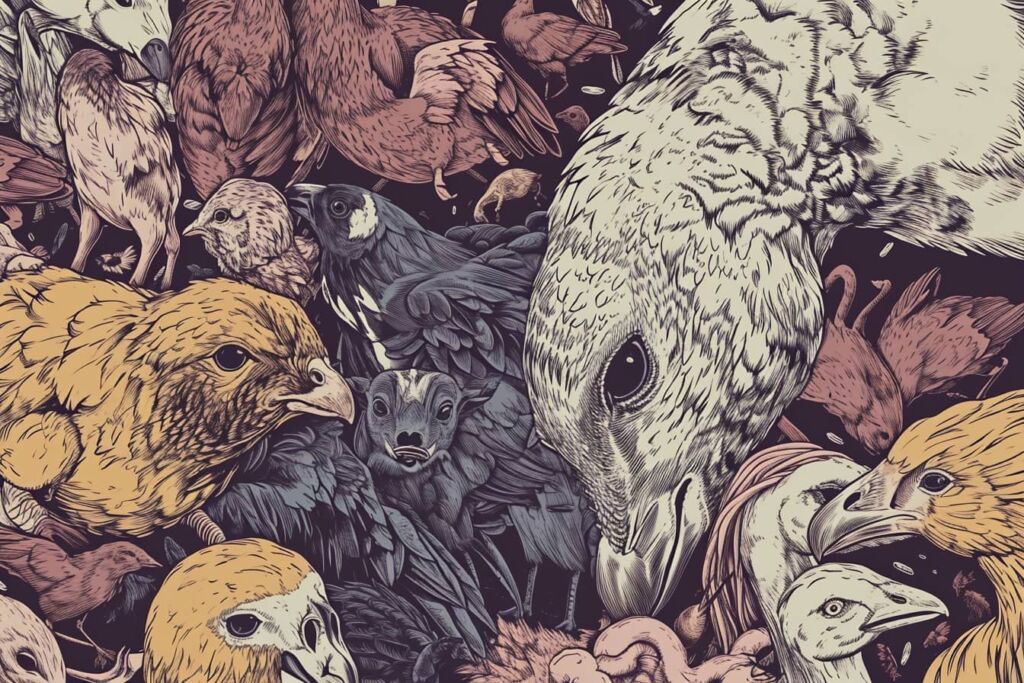
Study reveals that 18 billion animals killed for food are wasted, highlighting the inefficiency of the food system

Database created by researchers lists over 2000 animal prey already devoured by cats, highlighting their nature as relentless killers. 11 recorded species are already extinct, vulnerable endemic species.
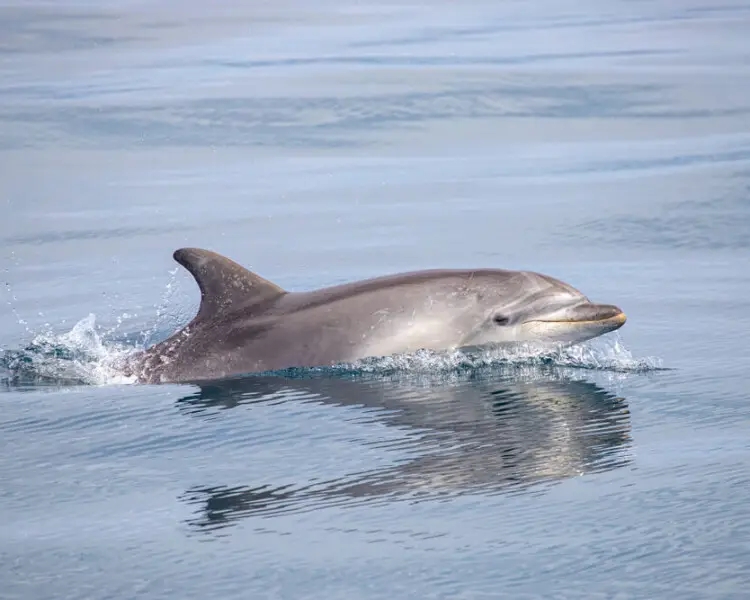
Research reveals that dolphins use pores on their snouts to detect electrical fields: it helps them hunt and orient themselves.

What if animals had rights? We explore this hypothesis by analyzing the implications for food, research, work and companionship uses. A radical scenario but perhaps not impossible.
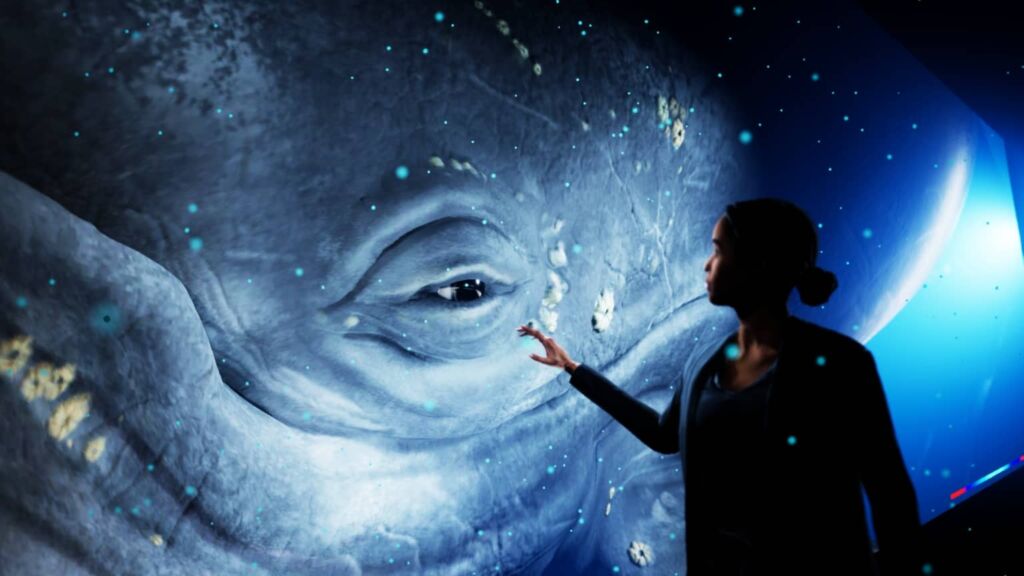
Axiom wants to revolutionize the world of holograms: from contracts with Airbus to Hologram Zoos, this technology seems ready to invade various sectors

A team of researchers from the University of São Paulo has shown that bio 3D printers can create viable artificial skin for product testing by replacing animals.

Giant prehistoric creatures at work: Thousands of huge caves in South America unravel an ancient mystery
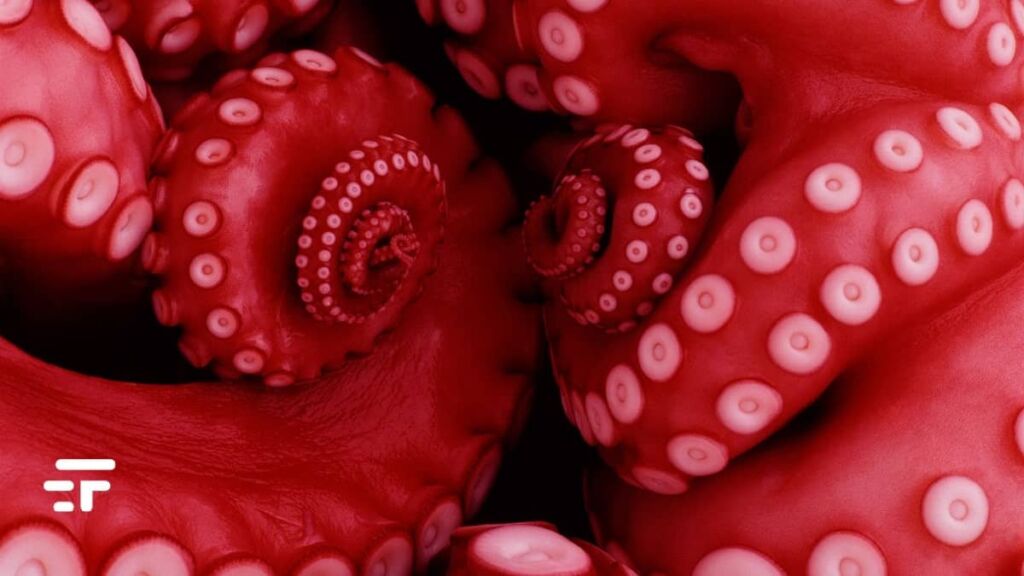
A fish company wants to open the first intensive octopus farm which raises strong doubts about its sustainability and morality.

Artificial intelligence and bioacoustics open the door to interspecies communication between humans and animals.
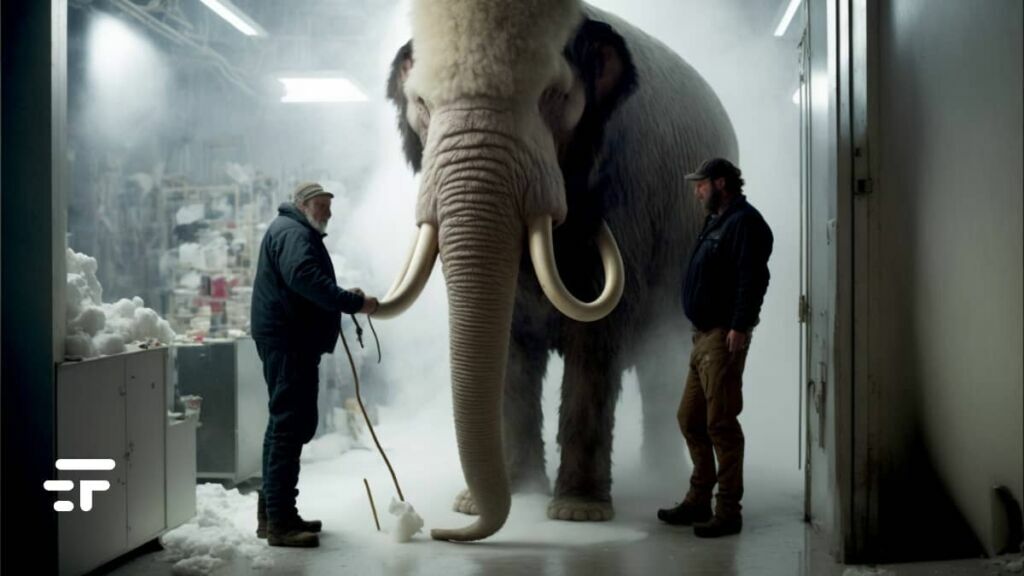
It seemed like a boutade, but Colossal has raised the necessary funds and is preparing for the genetic resurrection of the Woolly Mammoth within 4 years.
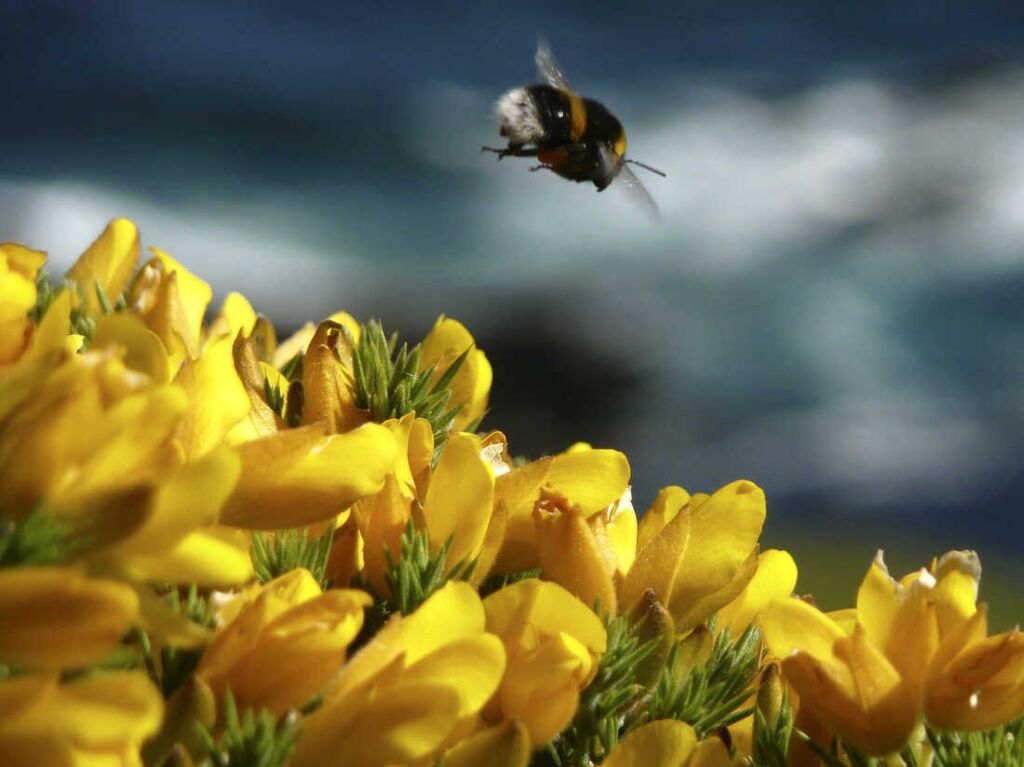
As it turns out, it's not just the male of the human species who loves football - bees are attracted to toys and love ball games!

Let's take a look at the 5 biggest killers on our planet and what we can do to stop them.
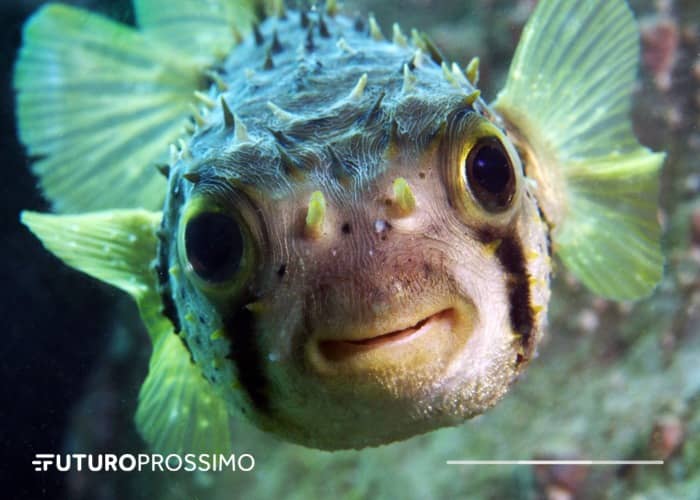
A larger sample of specimens escapes any doubt born of previous studies: the fish, at least those studied, possess self-awareness.
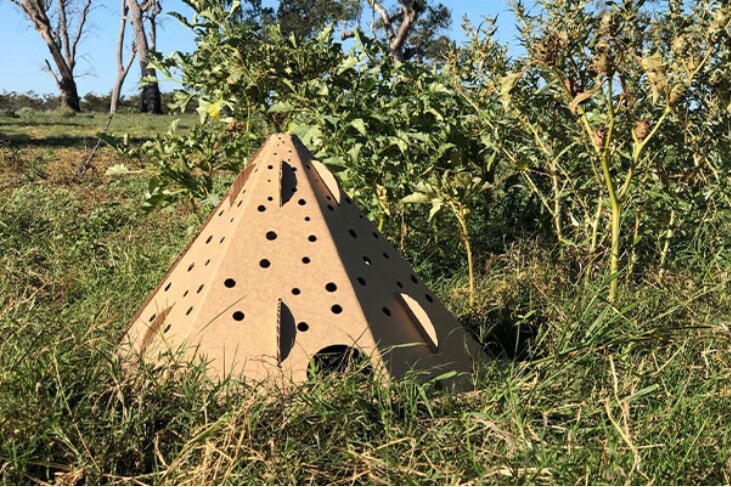
A solution as simple as it is advanced allows animals at the mercy of predators to take refuge in cardboard "escape pods".

In a desperate effort to adapt to climate change, animals are literally changing their biology very quickly. We don't know if it will be enough.
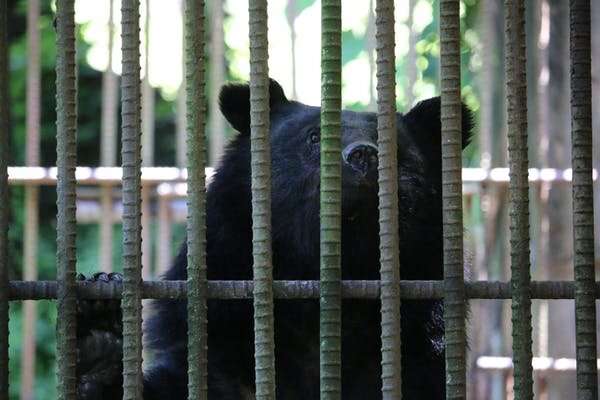
A bear restocking program in South Korea becomes an extraordinary success, also producing reflections on the future.

A series of animal welfare laws gives activists a historic milestone: the UK formally recognizes animals as sentient beings.

The observation and comparison between body and brain size of many animal species reserves some surprises, and dispels some myths.
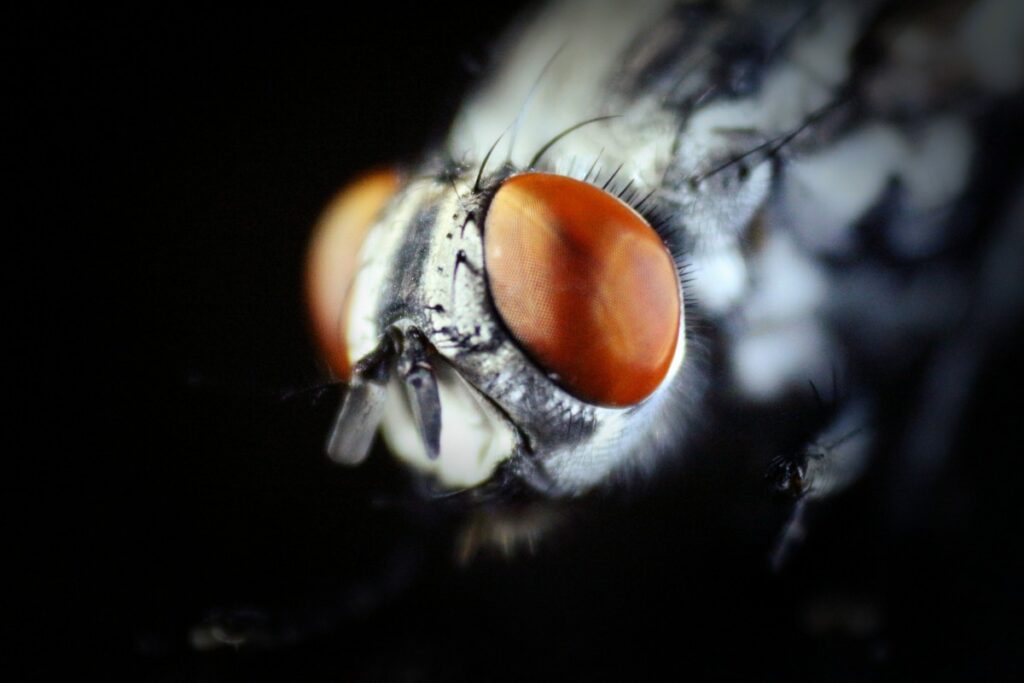
Stable isotopes in flies can become an amazing ecosystem monitoring mechanism.